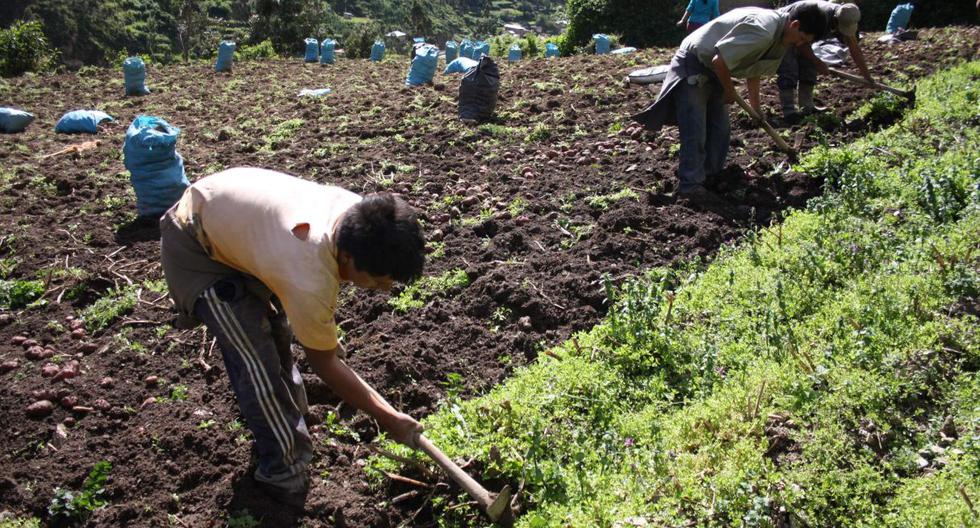By Taxpayers Association
Peru is at the gates of a food crisis due to the fertilizer shortage in the world that the Government has not been able to address with concrete and viable measures, due, among other reasons, to the constant changes of direction in the Ministry of Agrarian Development and Irrigation (Midagri) and the taking over of key positions in this sector by people without experience or the profile that is required.
In 10 months, the president of Pedro Castillo has appointed four Ministers of Agriculture, none with the experience or the technical capacity that the situation required, because the problem with the supply of fertilizers in the world dates back to last year and was aggravated by the war between Russia and Ukraine.
The last head of Midagri that has been designated, Javier Arce, is perhaps the least prepared of all those who passed through the ministry, because he does not register studies or any type of experience in agrarian issues.
This, Not to mention that there are already more than 50 changes in the ministerial cabinet in just 10 months, an unprecedented record in Peru. And there are at least 122 officials without the required profile in the different entities of the Executive, which explains, in part, the inability of the Government to attend to the real and urgent problems of the country.
In this context, agriculture is one of the most affected sectors because in 13 of the 24 regions with agricultural production, the areas of the main crops have already been reduced due to the lack of fertilizers, according to official information from Midagri. The greatest impact occurs above all in rice, yellow corn and onions, the products that most depend on fertilizers.
Meanwhile, Amazonas (-32.9%) is the region most affected by this situation, followed by Piura (-16.2%), Apurímac (-11.5%) and Áncash (-11.1%).
To date, there is a deficit of 180,000 tons of urea in the country, the main fertilizer used by at least 500,000 farmers in the country, but the Government only issued an emergency decree on Friday, May 20, to authorize Midagri, through Agro Rural, to acquire 70,000 tons of fertilizers for almost S/350 million.
To give us an idea of the problem, between the months of January and March of this year, the import of urea was 15,300 tons, 84.3% less than the volume purchased in the same period of 2021.
Thus, the next agricultural campaign in Peru, which begins in August 2022 and lasts until July 2023, will begin with a serious fertilizer deficit, if one takes into account that it is between next July and August that the fertilization of the land to make it more productive. All this suggests that we will have an agrarian crisis, which will also continue to push up food prices in the country.
Food prices continue to rise
So far this year, 33 of 41 foods that Midagri monitors have costs greater than 2021. The products that rose the most were dry grain lentils (56.4%), cassava (54%), cooking oil (50% ), fresh pepper (46.8%) and carrot (45.4%)
In addition, as expected, after the VAT exemption for sugar, eggs, noodles and chicken, in force since May 1, these products have not achieved a significant reduction in their prices in the first half of this month.
For example, the average retail price of noodles fell from S/7.44 to S/7.26; that of the eggs went from S/7.65 to S/7.29, but the eviscerated chicken rose from S/7.84 to S/9.60.
This also partly explains the inflation in Metropolitan Lima, which was almost 8% in April, the highest in 24 years, but inflation for the poorest households exceeds 9%. The sustained rise in prices began in the middle of last year, mainly due to external factors, but the situation worsened in Peru due to local political uncertainty.








